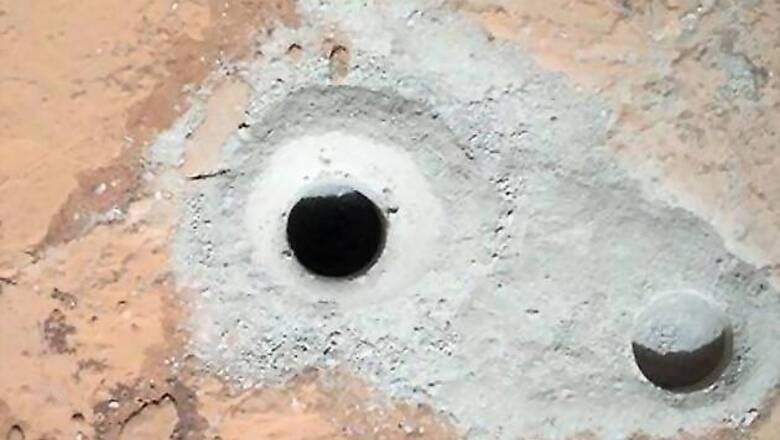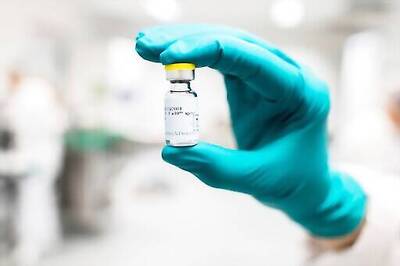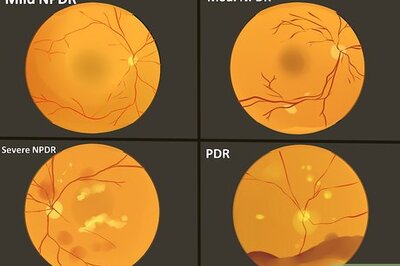
views
London: NASA's Mars Curiosity rover, which is seeking new insights on whether the Red Planet supported microbial life in past, is readying to ingest the rock sample it picked up a week ago. The mission's chief scientist, John Grotzinger, said he expected this to happen very shortly.
The Curiosity rover, which is investigating a deep crater on the planet, drilled into what appears to be a mudstone, 'BBC News' reported. A portion of the grey powder produced in the process should now be sitting in the stem of the tool, and must be moved to the onboard labs for analysis.
"We have to first confirm that the powder has moved up the drill stem," Grotzinger said. "From there, it will go into something called the drill assembly, which is about as big as a hockey puck. That's where the sample gets portioned before going through a set of tubes that takes it to some sieves," said Grotzinger.
Particles measuring 150 microns (millionths of a metre) across, or less, only will be sent to the two big labs in the belly of the rover - Chemin and Sam. Curiosity is seeking new insights on past environmental conditions on the Red Planet - conditions that may have supported microbial life many billions of years ago.
The lab analysis will describe the mineralogical make-up of the mudstone and try to identify any interesting carbon chemistry that might be present. The rover is currently investigating a series of layered deposits about half a kilometre from its landing point last August on the floor of the equatorial Gale Crater.
It has seen numerous examples of rocks that were deposited in water or subsequently altered by it. Water remains one of the prerequisites for life as we know it on Earth.



















Comments
0 comment